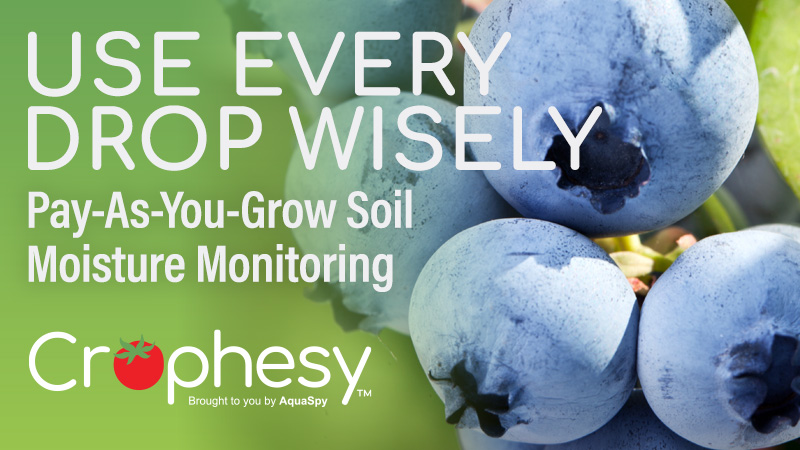Florida Citrus Growers on Alert for Postbloom Fruit Drop

Classic symptoms of postbloom fruit drop are buttons left where fruitlets have dropped off. It’s also a sign the fungus is present in the grove.
Photo by Frank Giles
Last season’s postbloom fruit drop (PFD) was the worst Florida citrus groves have suffered in decades. Some groves saw significant losses of fruit from the fungus Colletotrichum acutatum that causes the disorder. With a lot of inoculom in groves, growers will be vigilant during the spring bloom, especially if rains are likely.
Last’s season’s El Niño weather pattern created an especially wet bloom period, making the problem much worse. In normal years, PFD effects ‘Navel’ and ‘Valencia,’ but was problematic in ‘Hamlin’ last season. And, the erratic bloom caused by HLB has allowed the fungus to build up in groves.
When to Apply?
According to the “2016 Florida Citrus Pest Management Guide,” a fungicide application is recommended when three criteria are met:
1) When modeling predicts disease incidence of greater than 20%;
2) A significant portion of bloom is present or developing to represent a significant portion of the total crop; and
3) No fungicide application has been made in the previous 10 to 14 days.
An easy Fungicide Application Decisions System can be accessed at https://is.gd/citrusPFD.
Scout and be Proactive
Groves that have a history of PFD should be scouted twice weekly during the bloom period. The fungus infects flowers, creating orange-brown lesions in the blooms. The fruitlets will drop leaving buttons behind.
When thresholds are met, growers can make fungicide applications by ground or air. Low-volume application equipment can be used as well, but ensure that minimum volume levels are followed. Label recommendations on volume vary by fungicide.
Henry Yonce, Owner of KAC Agricultural Research, says growers should be proactive when it comes to PFD. “If you have buttons on trees and inoculum, you better be ready to spray,” he says. “If the forecast says rain and it is a time during heavier bloom, I would start my sprays a few days before the rain and then after rain just to be sure I get my acres covered.”
Control Options
Of the products recommended for control of PFD, the strobilurin fungicides Abound (azoxystrobin, Syngenta), Gem (trifloxystrobin, Bayer) and Headline (pyraclostrobin, BASF) — all FRAC group 11 — are effective but do not have a long residual effect.
Ferbam (Ferric dimethyl dithiocarbamate) is less effective and should not be used alone, but can be combined with low rates of other products to maximize protection and reduce the risk of resistance development.
* Recommended Chemical Controls for PFD *
No resistance has been detected to date. Neither Abound, Gem, nor Headline should be used alone more than once per season, but can be used more than once if combined with Ferbam in applications.
Dry weather also helps keep PFD tamped down, so a drier spring bloom period also is considered a plus for control efforts.










